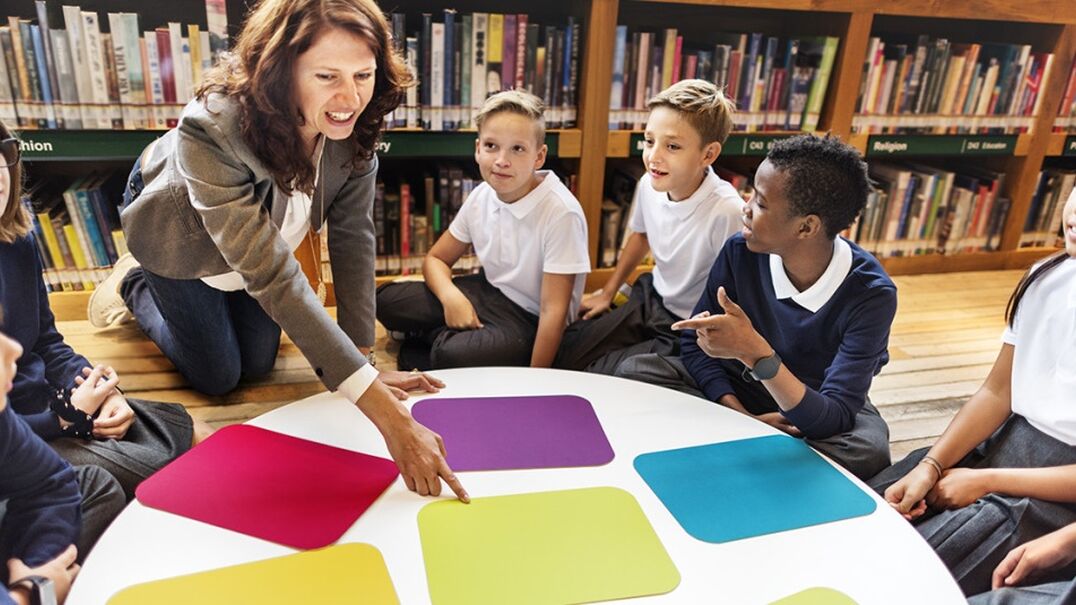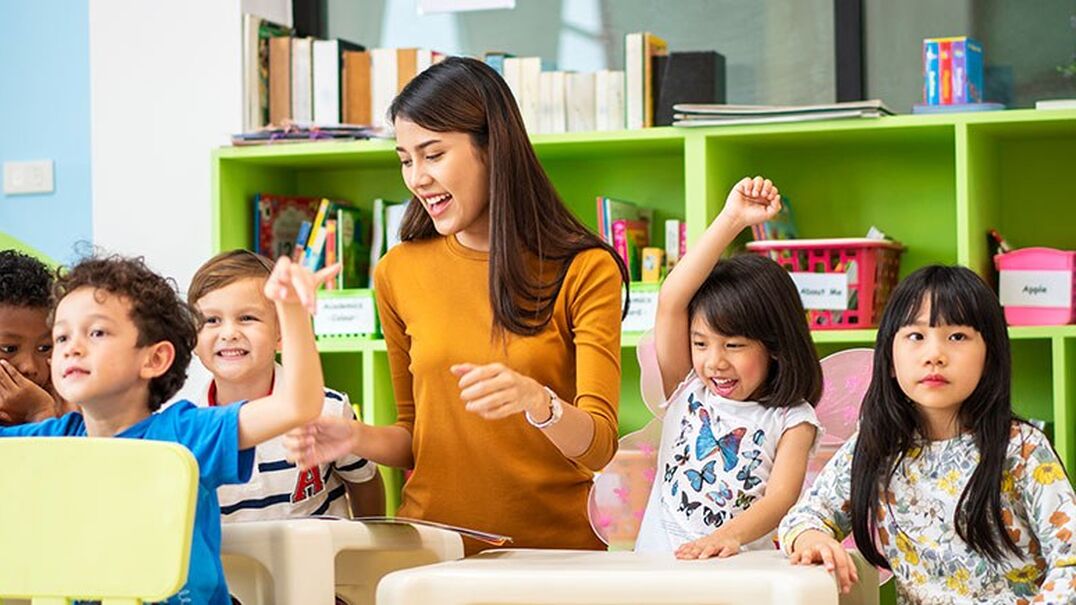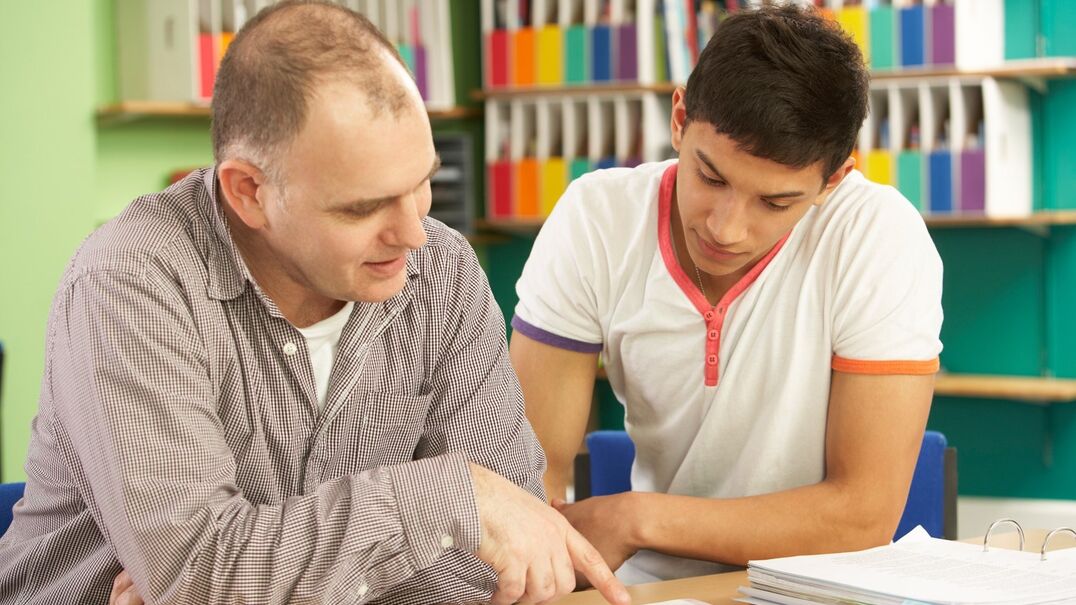When people experience positive emotions, their minds broaden and they open up to new possibilities and ideas. At the same time, positive emotions help people build their personal well-being resources, ranging from physical resources, to intellectual resources, and social resources (Fredrickson 2009).
At Berry Street we use positive primers at the beginning of a day, or lesson to encourage the flow of positive emotions. Well used positive primers include saying the roll in a funny voice or using a funny YouTube clip, but have you thought of using images of nature or everyday objects?
There is a lot of evidence to suggest that even just looking at pictures of nature can activate the parasympathetic nervous system and lower stress levels (van den Berg et al., 2015). By using closeup photos we can stimulate curiosity and positive emotions. What is that? That looks interesting! Can you work out what the three images above are? Too easy? (A cross section of a carrot, a leaf from a peace lily and some wet mulch!). A good lead in for a science lesson?
What about these everyday objects? A bit harder?
They all have something to do with water. Does that help? The answers are below. Can your brain find some vocabulary to describe? If you are using a chat room, why not try a ‘chat bomb’? Have a guess, take a chance, but only submit your answer after a count down 3…2…1! This way you build some excitement and neural reward for correct guesses.
Get your students to take the pictures – this is a mindful activity in itself! (Inspired by the Wheel of Wellbeing’s ‘finding beauty in unexpected places’)
Students can create their own quizzes or local narratives.
There was a child went forth every day, And the first object he look’d upon,
that object he became…
Everyday object answers: a sink strainer, a kettle spout and a bathroom tap.
References:
1. Fredrickson, B.L. (2009). Positivity. New York: Random House.
2. van den Berg, M.M.H E., Maas, J., Muller, R., Braun, A., Kaandorp, W., van Lien, R., van Poppel, M.N.M., van Mechelen, W., & van den Berg, A.E. (2015). Autonomic nervous system responses to viewing green and built settings: Differentiating between sympathetic and parasympathetic Activity. International Journal of Environmental Research and Public Health, 12(12), 15860-15874. Retrieved June 24, 2020 from https://www.ncbi.nlm.nih.gov/pmc/articles/PMC4690962/
By Michael Hardie
Follow us on Twitter at @BSEMaus



